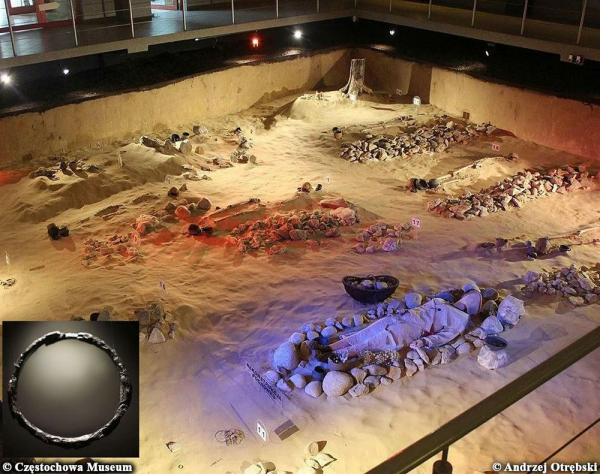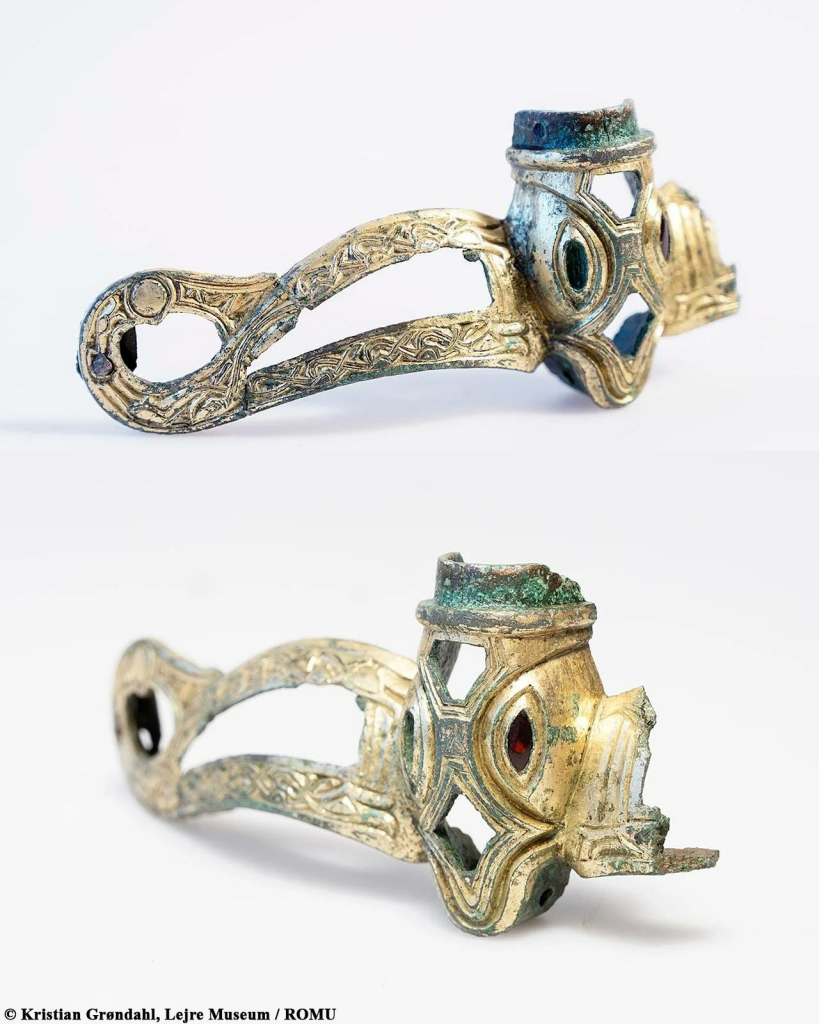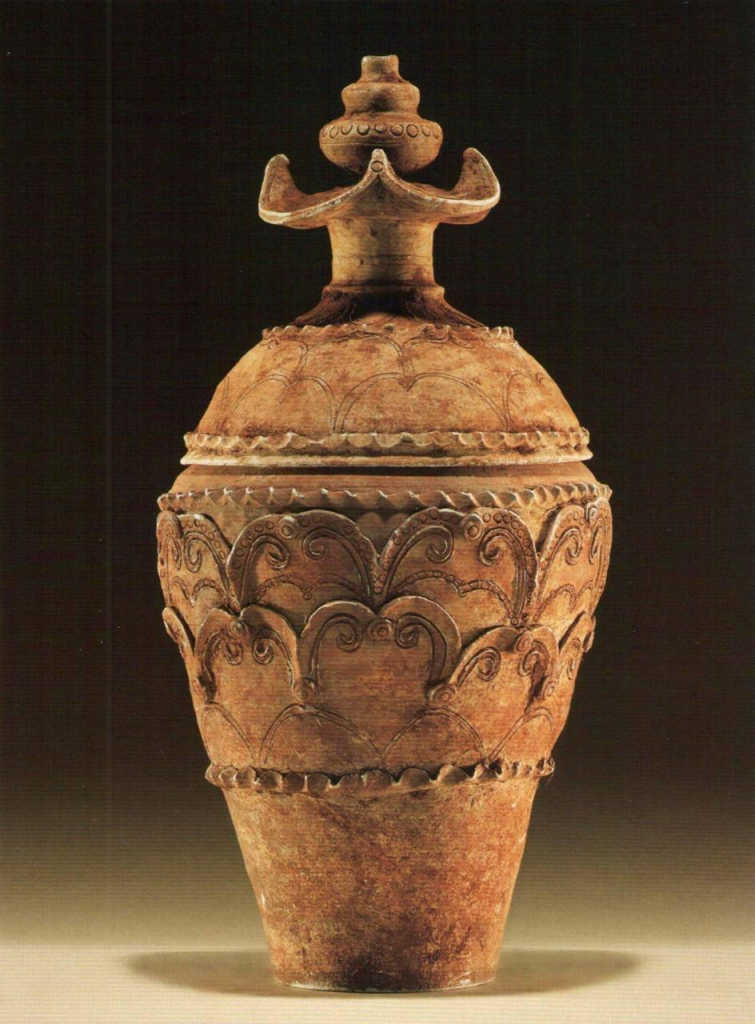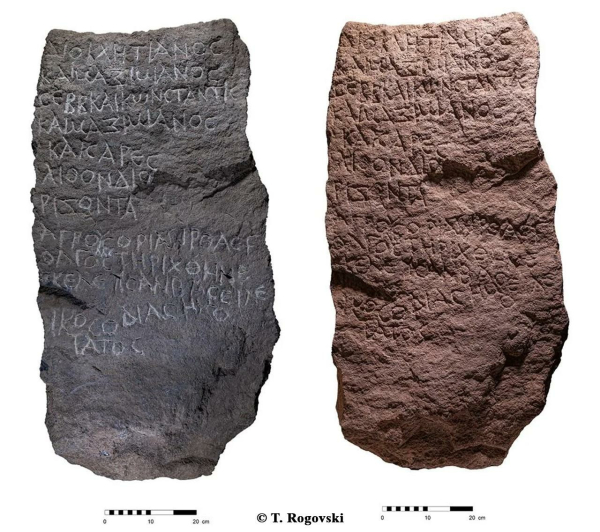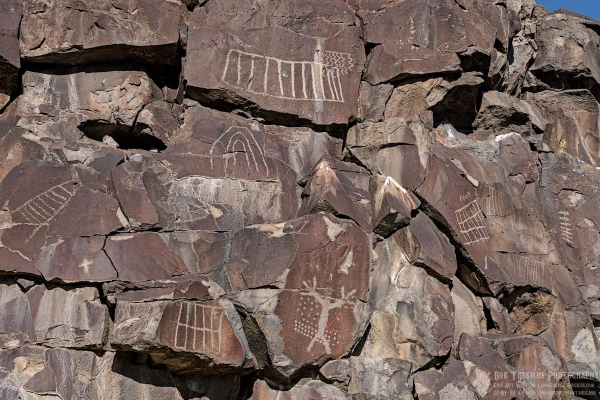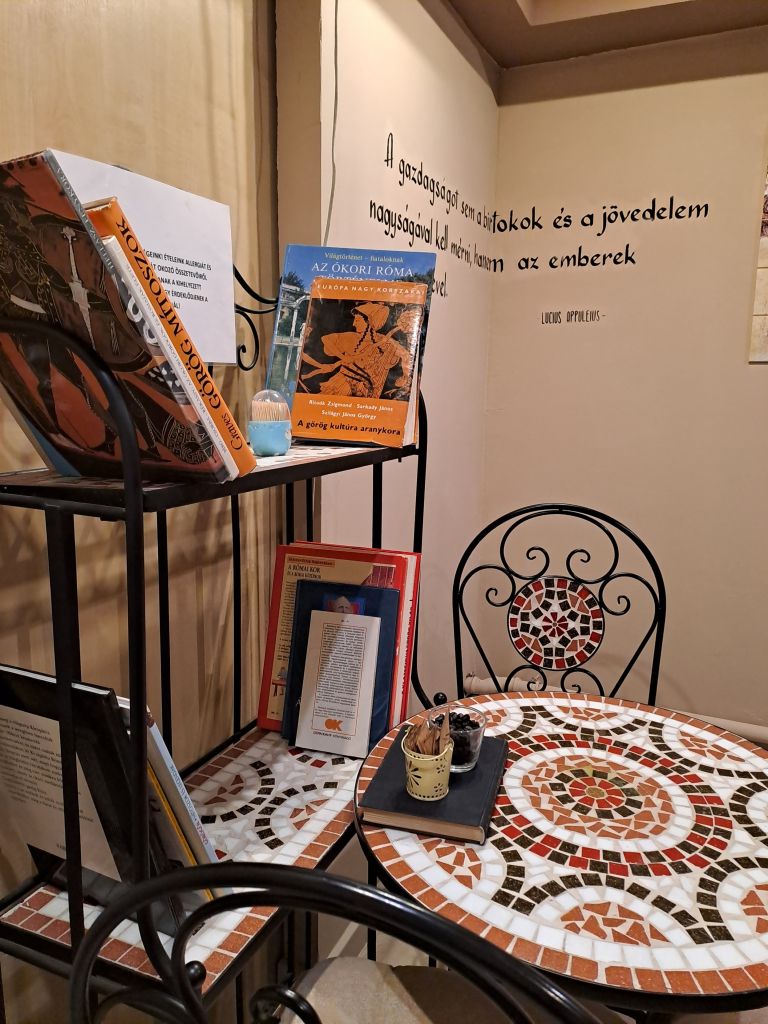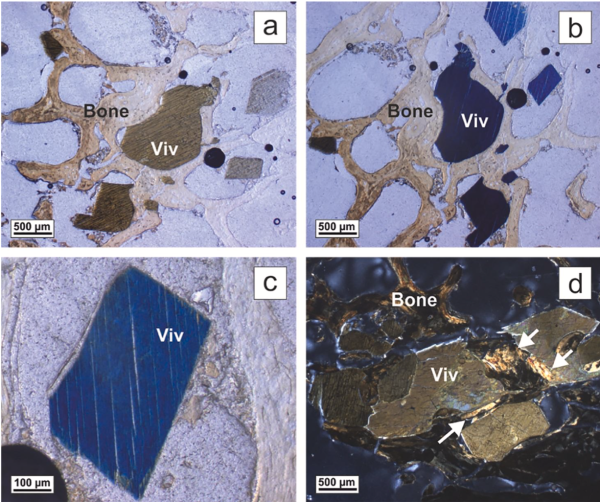Suche
Beiträge, die mit Archeology getaggt sind
There is an alternative view from London. Those thieving northerners just stole it all! Goes for the Welsh, the Irish and the Scots as well, varmints the lot of them.
https://www.theguardian.com/science/2025/mar/25/iron-age-hoard-melsonby-north-yorkshire
#Archeology #England
Researchers have made a remarkable find in Poland’s Częstochowa Museum collection—several ancient ornaments made from meteoritic iron. A team of Polish and French scientists analyzed burial objects from two early Iron Age graveyards, Częstochowa-Raków and Częstochowa-Mirów.
More information: https://archaeologymag.com/2025/02/jewelry-made-from-meteorites-poland/
Follow @archaeology
#archaeology #archeology #archaeologynews #lusatian #AncientArtifacts #meteorite #meteoriticiron
Ancient jewelry made from meteorites discovered in Poland
Researchers found ancient meteoritic iron ornaments in Poland's Częstochowa Museum while analyzing Iron Age burial objects.Dario Radley (Archaeology News Online Magazine)
An extraordinarily well-preserved section of a gold-plated, gemstone-encrusted helmet has been uncovered in Lejre, Denmark, providing new information about the country’s role as a seat of political and cultural power during the era of the Late Germanic Iron Age. Dated between 650 and 750 CE
More information: https://archaeologymag.com/2025/01/pre-viking-helmet-discovered-in-denmark/
Follow @archaeology
#archaeology #archeology #archaeologynews #helmet #lejre #vikings
Rare pre-Viking helmet fragment discovered in Lejre, Denmark
A well-preserved gold-plated helmet fragment uncovered in Lejre, Denmark, sheds light on its role as a hub in the Late Germanic Iron Age.Dario Radley (Archaeology News Online Magazine)
#archeology #Chendynasty #ceramics #pottery
Archaeologists have uncovered a rare 1,720-year-old Roman boundary stone at the Tel Abel Beth Maacah dig near Metula in northern Israel. The basalt slab, which is inscribed in Greek, provides a very rare glimpse into the administrative organization of the Roman Empire during the Tetrarchy period (293–306 CE)
More info: https://archaeologymag.com/2025/01/roman-boundary-stone-discovered-in-galilee/
Follow @archaeology
#archaeology #archeology #romanempire
#mythology #archeology #coffee #Budapest #cafes #Rome #Greek #image

